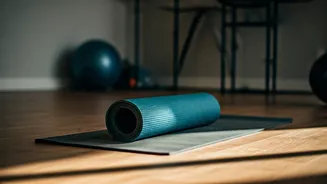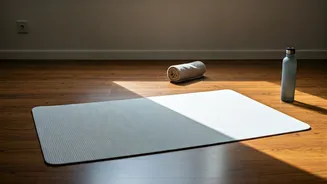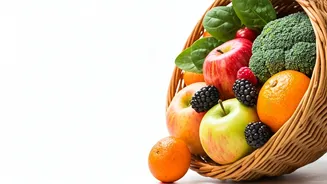Embracing African Rhythms
African dance, a cornerstone of cultural expression, offers a fantastic avenue for physical activity. It transcends mere exercise; it's a celebration of life,
a connection to heritage, and a dynamic workout. Unlike monotonous gym routines, African dance infuses enjoyment into fitness, making movement a pleasure rather than a chore. The benefits are numerous: improved cardiovascular health, enhanced muscle tone, and increased flexibility. Moreover, these dances often encourage social interaction, fostering a sense of community. The exercises are inclusive, easily adaptable for all fitness levels, and a welcome change from typical fitness trends. Each dance style has its unique emphasis, ensuring a holistic approach to wellness.
The 'Kuku' Step
Originating from West Africa, the 'Kuku' step is a rhythmic movement that engages the entire body. Typically performed with upbeat percussion, the dance involves a series of coordinated steps, often featuring stomping and arm movements. To begin, stand with feet shoulder-width apart, knees slightly bent. The arms should swing naturally, moving in opposition to the legs. Step forward with one foot, then bring the other foot to meet it. Repeat this pattern, alternating legs, while adding a slight bounce. The intensity can be adjusted by altering the speed and amplitude of the movements. This exercise offers a cardiovascular boost, improves coordination, and strengthens leg muscles. Incorporate it into your routine for a fun, full-body workout that also brings a taste of African culture.
Exploring 'Gumboot' Dance
Originally developed by South African miners, the Gumboot dance is characterized by its distinctive rhythmic footwork, accompanied by the slapping of rubber boots. It is not only a dance but a communication system, employing various foot-slapping patterns. To practice, wear boots or sturdy shoes. Stand tall and start with a basic step, alternating foot stomps. Add hand claps or slaps on the boots to increase the challenge and enhance the rhythm. This exercise strengthens the leg muscles and improves coordination. Moreover, the Gumboot dance provides a sense of rhythm and musicality, stimulating the brain and promoting mental agility. This unique dance exercise is a fun and engaging workout, offering both physical and cognitive benefits, deeply connected to its historical roots.
Energetic 'Adumu' Jumps
The Maasai tribe of Kenya and Tanzania is known for its incredible Adumu dance. It's a celebratory dance that involves high jumps. While challenging, the Adumu is an excellent exercise for overall fitness. To begin, stand with feet slightly apart. Bend your knees, then explode upwards, leaping as high as possible. Land softly, bending your knees to absorb the impact. This exercise builds power and agility while improving leg strength. Initially, the jumps may feel tiring, but with practice, endurance and jumping height will improve. The Adumu dance can be adjusted based on fitness levels – start with smaller jumps and gradually increase height. It is a fantastic workout, providing a glimpse into Maasai culture and promoting physical fitness.
The 'Isigqizo' Rhythm
Coming from South Africa, the 'Isigqizo' dance is a vibrant and powerful display of energy. It is characterized by rhythmic stamping and body movements. Begin by standing with feet shoulder-width apart, knees slightly bent. Perform a sequence of rhythmic stomps and steps, synchronizing the movements with music. Add arm movements and hip swings to enhance the exercise. The intensity can be adjusted by varying the speed and the complexity of the steps. The 'Isigqizo' improves cardiovascular health, strengthens leg muscles, and boosts core stability. It also encourages coordination and enhances body awareness. Regular practice ensures that you can experience the health benefits while enjoying the cultural expression of the dance.











